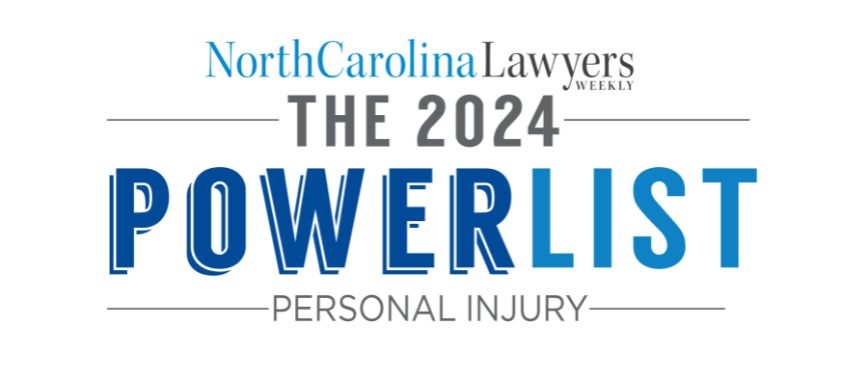Vertebral compression fractures (VCFs) occur when the bony block or vertebral body in the spine collapses, which can lead to severe pain, deformity, and loss of height. These fractures more commonly occur in the thoracic spine (the middle portion of the spine), especially in the lower part. Each vertebral region has unique anatomical and functional features that result in specific injuries.
Types of Vertebral Fractures
There are a few different types of vertebral fractures. These fractures can be the result of a North Carolina automobile accident.
- Compression Fracture: This type of fracture commonly occurs in patients with osteoporosis or whose bones have been weakened by other diseases (such as bone cancer). The vertebra can absorb so much pressure; if there is a sudden force of a lot of pressure, the bone may be unable to handle the stress. The vertebra can fracture then.
- Burst Fracture: Severe trauma, such as a car accident, causes burst fractures. Essentially, extreme outside pressure crushes the vertebra. Unlike compression fractures, where a fracture affects just one part of the vertebra, a burst fracture impacts the vertebra in many places. The complete crushing of the vertebra may cause bony fragments to spread out, resulting in spinal cord injury. Burst fractures are more severe than compression fractures.
- Flexion-distraction Fractures: If you are in a car accident where your body is pushed forward, you may get a flexion-distraction fracture. Your spine is made to flex forward, but if a sudden forward movement places incredible stress on the spine, it may break a vertebrae.
- Fracture-dislocation: If you have any of the above fractures and the vertebra(e) moves significantly (dislocation), you have a fracture-dislocation.
Symptoms of VCFs
Spinal fractures do not always involve pain, so even after a traumatic event such as a car accident, you may not know that you have a fracture. That is why it is essential to have a thorough examination by a doctor after a traumatic event.
However, a spinal fracture may cause severe pain around the area of injury. A spinal fracture may also cause swelling around the injury.
If the spinal fracture is pressing on a nerve or the spinal cord, you may have neurological symptoms such as:
- weakness/numbness in your arms or legs
- pain that travels down your arms or legs
- difficultly walking or moving
- bowel/bladder problems
If you have any of the above neurological symptoms—even if you don’t have pain—you should see a doctor as soon as possible.
Treatment for VCFs
Most fractures heal with medication, reduced activity, medications to stabilize bone density, and a good back brace to minimize motion during healing. Most people return to their everyday activities. Depending on the severity of your vertebral compression fractures, you might need surgery or further treatment.
Surgical procedures used to treat fractures are:
- Vertebroplasty: This procedure is effective for relieving pain from spinal compression fractures and helping to stabilize the fracture.
- Kyphoplasty: This procedure helps correct the bone deformity and relieves the pain associated with spinal compression fractures.
- Spinal fusion surgery: used for spinal compression fractures to eliminate motion between two vertebrae and relieve pain.
North Carolina Vertebral Compression Fracture Attorneys
The North Carolina attorneys of Maginnis Howard handle personal injury cases on a contingency fee basis. You pay no attorneys’ fees until we recover a settlement or verdict. Our personal injury attorneys have decades of experience handling complex cases and go to trial whenever necessary. We have three conveniently located offices in Charlotte, Raleigh, and Fayetteville. You may visit the closest location, and our attorneys can also travel to meet you. Use our contact page to contact an intake specialist and set up a free consultation.






